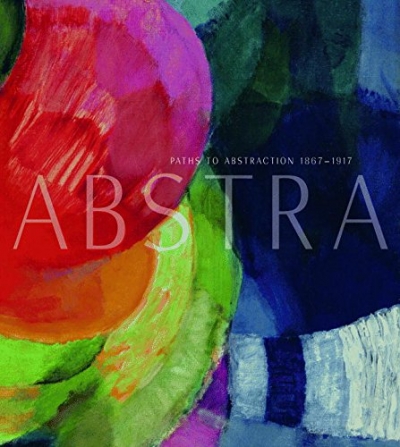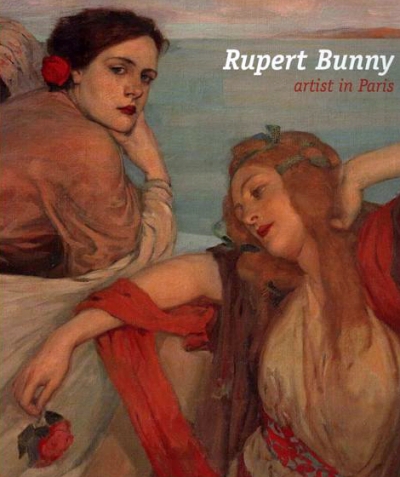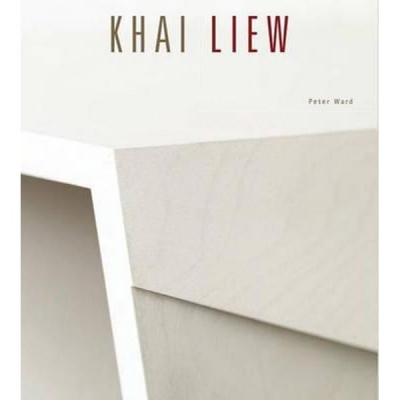Non Fiction
Immediately after the mid-term elections in November, Barack Obama left for a long-planned G20 gathering in Seoul and for meetings with heads of government in the nation states of India, Indonesia, and Japan. Nothing remarkable, you think? Exactly what one expects a United States president to do? Not in America.
The right-wing blogosphere went berserk. Miche ...
John Howard and Tony Blair both came to the prime ministership in landslides, Howard in 1996, Blair in 1997. They were on opposite sides of the traditional political divide, Howard leading a Liberal Party opposed to Australian Labor and Blair leading the British Labour Party ...
... (read more)Rupert Bunny: Artist in Paris by by Deborah Edwards, with Denise Mimmocchi, David Thomas and Anne Gérard
by Jane Clark •
A Beautiful Line: Italian Prints from Mantegna to Piranesi by Maria Zagala
by Justin Clemens •
Punch and Judy: The double disillusion election of 2010 by Mungo MacCallum
by Joel Deane •
The Bridge: The life and rise of Barack Obama by David Remnick
by Bruce Grant •








